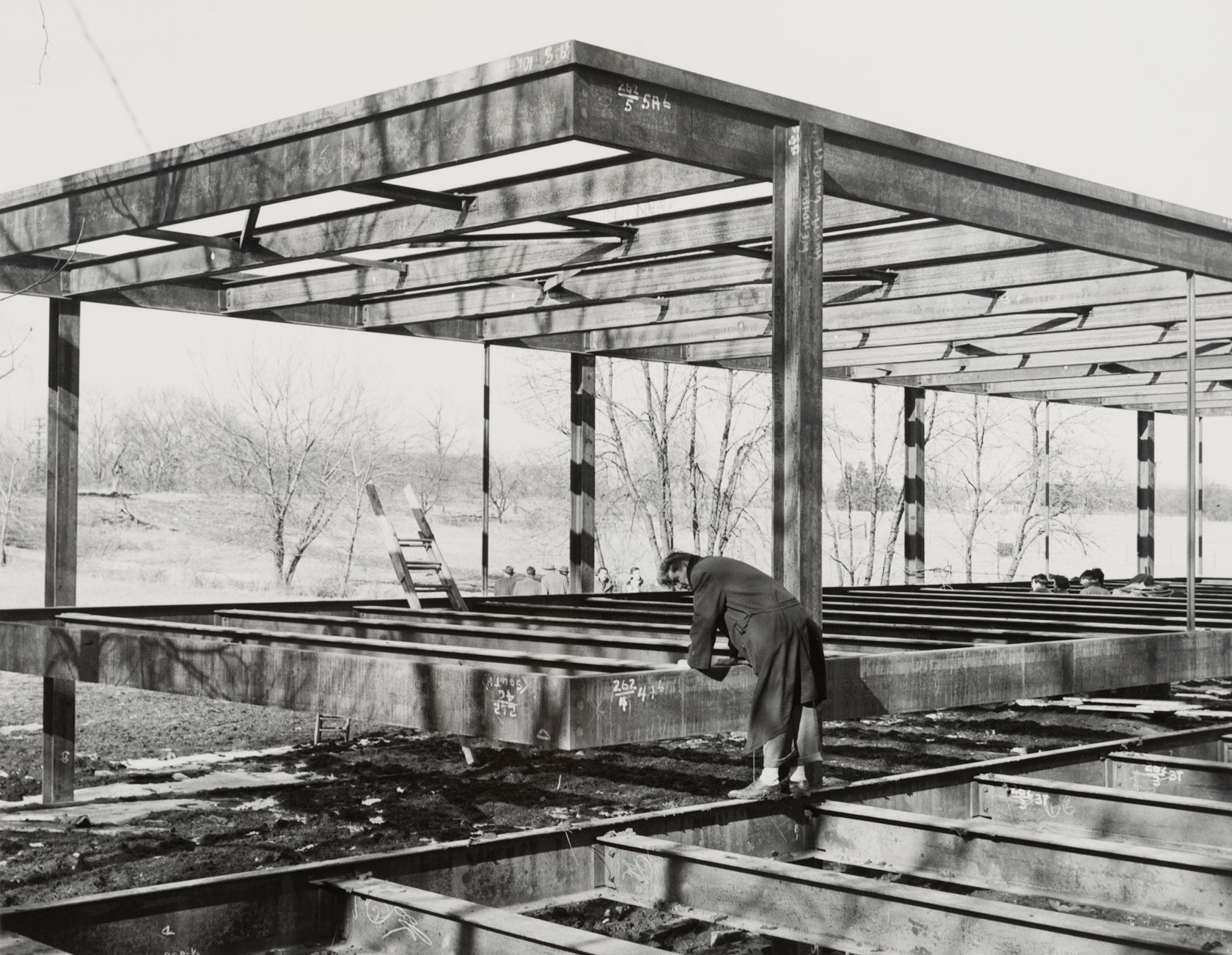
Architectural Details Mies van der Rohe’s Iconic Farnsworth House
Introduction. Ludwig Mies van der Rohe ( MEESS-.-ROH; German: [ˈluːtvɪç ˈmiːs fan deːɐ̯ ˈʁoːə]; born Maria Ludwig Michael Mies; March 27, 1886 - August 17, 1969) was a German-American architect, academic, and interior designer. He was commonly referred to as Mies, his surname. He is regarded as one of the pioneers of modern.

"God is in the details" Mies Van der Rohe DetailsMakeTheDifference www
It was Mies van der Rohe who is reputed to have said, "God is in the details." The origin of this statement, like that of his other well-known aphorism -- "Less is more" -- is obscure; no one is.
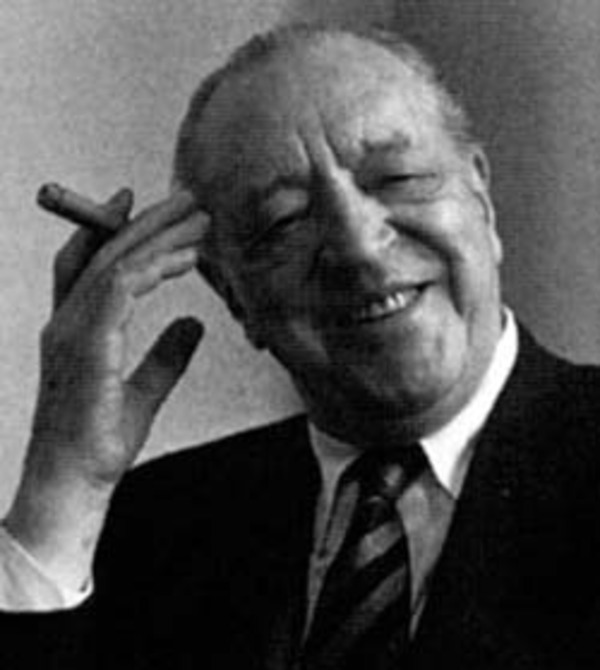
Mies van der Rohe “God is in the details” 75 Mies cigar smoking
Here at Wikipedia: The idiom, "God is in the detail" has been attributed to a number of different individuals, most notably to German-born architect Ludwig Mies van der Rohe (1886-1969) by The New York Times in Mies's 1969 obituary; however, it is generally accepted not to have originated with him. The expression also appears to have been a favorite of German art historian Aby Warburg.

229 best archi Mies van der Rohe images on Pinterest Abstract art
German-American Modernist Mies van der Rohe is widely credited with coining the classic motto "God is in the details," a mantra perfectly captured within every slender component of his most iconic residence: Farnsworth House. As architect and author Georg Windeck accurately sums up in his new book Construction Matters, Doctor Edith.
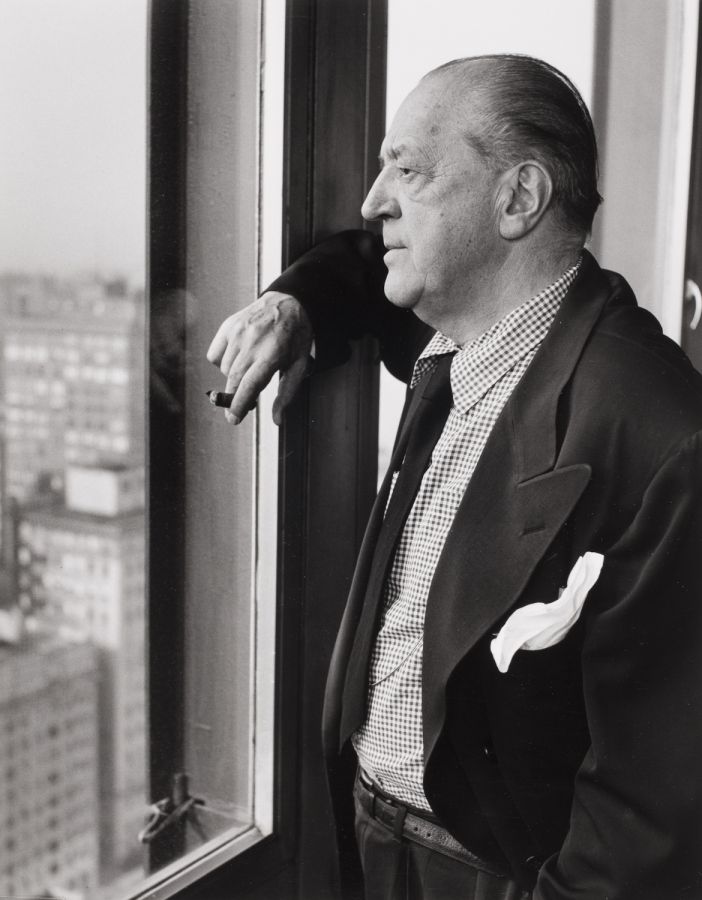
Mies van der Rohe “God is in the details” 75 Mies cigar smoking
Mies van der Rohe's deep-rooted belief that an architect's works must express and reflect the essence of the times, led him to transform traditional architecture. His minimalist approach and simplicity define his architectural style of which the trademark features are rectilinear forms, translucent glass structures, open spatial.

604140 God dwells in the details. Ludwig Mies Van Der Rohe quote
The expression derives from an earlier German proverb - "Der liebe Gott steckt im detail", which translates as 'God is in the detail'. Mies Van Der Rohe is also associated with this earlier form but, although he may have used it, there's no evidence that he was the first to do so. In the migration of the phrases an 's' was added - the earlier.

Mies van der Rohe “God is in the details” 75 Mies cigar smoking
Upon further investigation, he learned that Mies had hired an ornamental iron worker, not a structural welder, to perform a series of slot welds along the flanges of the I Beams. The result was a beautifully crafted, extremely strong, and completely hidden joint. Mies famously said, "God is in the details." An illustration of the joint is shown.
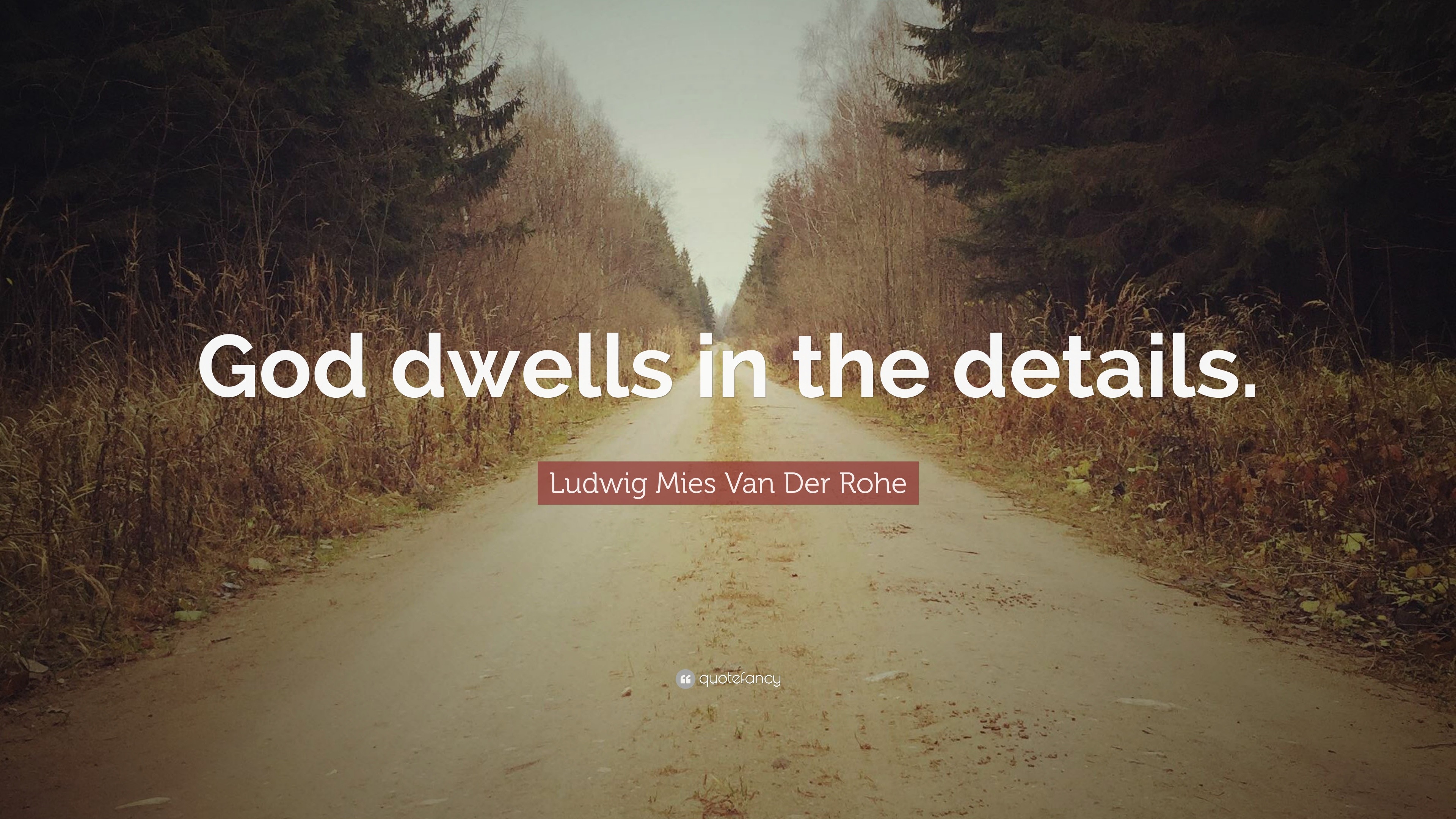
a provoca Mijloc index god is in the details mies van der rohe tehnic
"God is in the details" - Ludwig Mies van der Rohe.. - Ludwig Mies van der Rohe. In 1946, Mies was commissioned to design a weekend retreat on the outskirts of Chicago by a nephrologist, Dr. Edith Farnsworth. He completed the construction of Farnsworth House in 1951. With all glass walls that gave a stunning view of the surrounding.

“GOD IS IN THE DETAILS” MIES VAN DER ROHE
"God is in the details." Ludwig Mies van der Rohe's statement never impressed me as much as it did during a recent visit to the newly restored Tugendhat House in Brno in the Czech Republic. The fetishistic detail to every door knob, light switch, lever to open, and close shutters or clerestory windows—and even the hinges—now shine through in a restoration that makes the house, for.
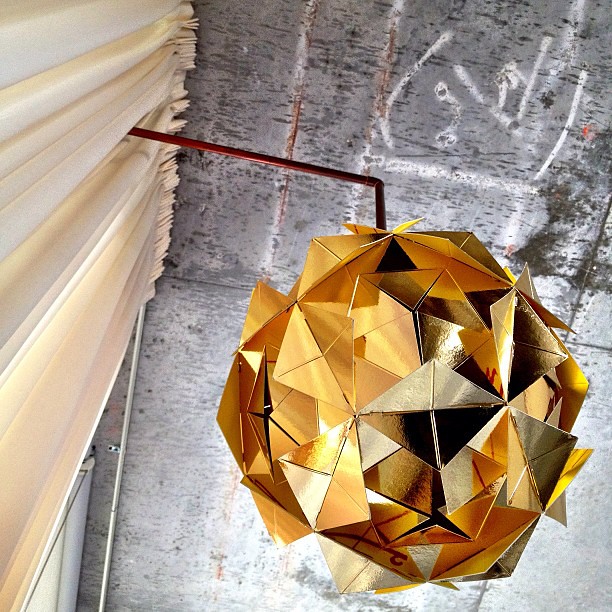
God is in the details Mies van der Rohe Ines HegedusGarcia Flickr
The idiom "God is in the details" has been attributed to a number of people, most notably to the German-born architect Ludwig Mies van der Rohe (1886-1969) by The New York Times in Mies's 1969 obituary; however, it is generally accepted not to have originated with him.

Clásicos de Arquitectura Chicago Federal Center / Mies van der Rohe
Ludwig Mies van der Rohe (March 27, 1886 - August 17, 1969) was a German architect.[1] He is commonly referred to and addressed by his surname, Mies, by his colleagues, students, writers, and others. Ludwig Mies van der Rohe, along with Walter Gropius and Le Corbusier, is widely regarded as one of the pioneering masters of Modern architecture.

695000 True education is concerned not only with practical goals but
And know that I am with you always; yes, to the end of time. Christmas is a season not only of rejoicing but of reflection. Christmas is the day that holds all time together. T'was the night before Christmas, when all through the house, not a creature was stirring, not even a mouse. "God is in the details."

God is in the details. Ludwig Mies van der Rohe BrainyQuote
8. Architecture +Stairs. This incredible slim residence in Japan possesses many ingenious space-saving details, and among these, the stairs are particularly striking. Impossibly thin treads appear to float supported by barely there handrails that allow the maximum amount of light to filter through the compact space.

Abrechnungsfähig Lehm Merkur mies van der rohe barcelona Schätzen
God is in the details. Ludwig Mies van der Rohe. Share F.. More Quotes by Ludwig Mies van der Rohe. Architecture. A chair is a very difficult object. A skyscraper is almost easier. That is why.

«Dios está en los detalles.» Ludwig Mies van der Rohe roberto dos
"God is in the details" is a quote by American Architect Ludwig Mies van der Rohe (1886-1969). It means that when attention is paid to the small things it can have the biggest rewards and that the details matter. In this gallery we will view works that showcase Photography of Architecture and we'll dig into the detail the Architects, Master.

Poster “God is in the details. Ludwig Mies van der Rohe” Visdom
May 21, 2014 by Timothy Judd. The Seagram Building. "God is in the details," said Ludwig Mies van der Rohe (1886-1969), one of the most significant architects of the twentieth century. Mies followed a modernist "less is more" aesthetic, which eliminated decoration and stripped architecture down to fundamental elements of structure and.